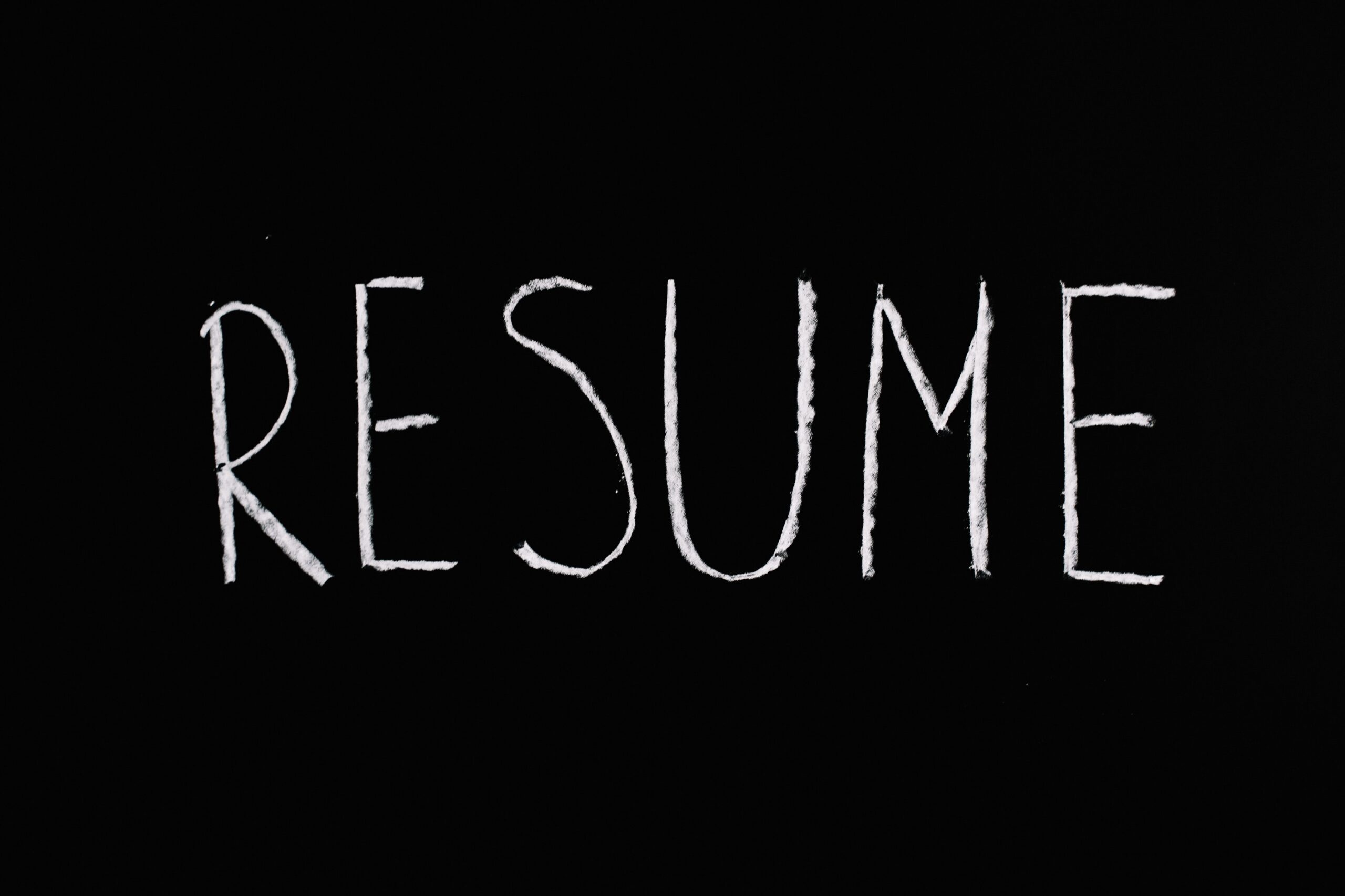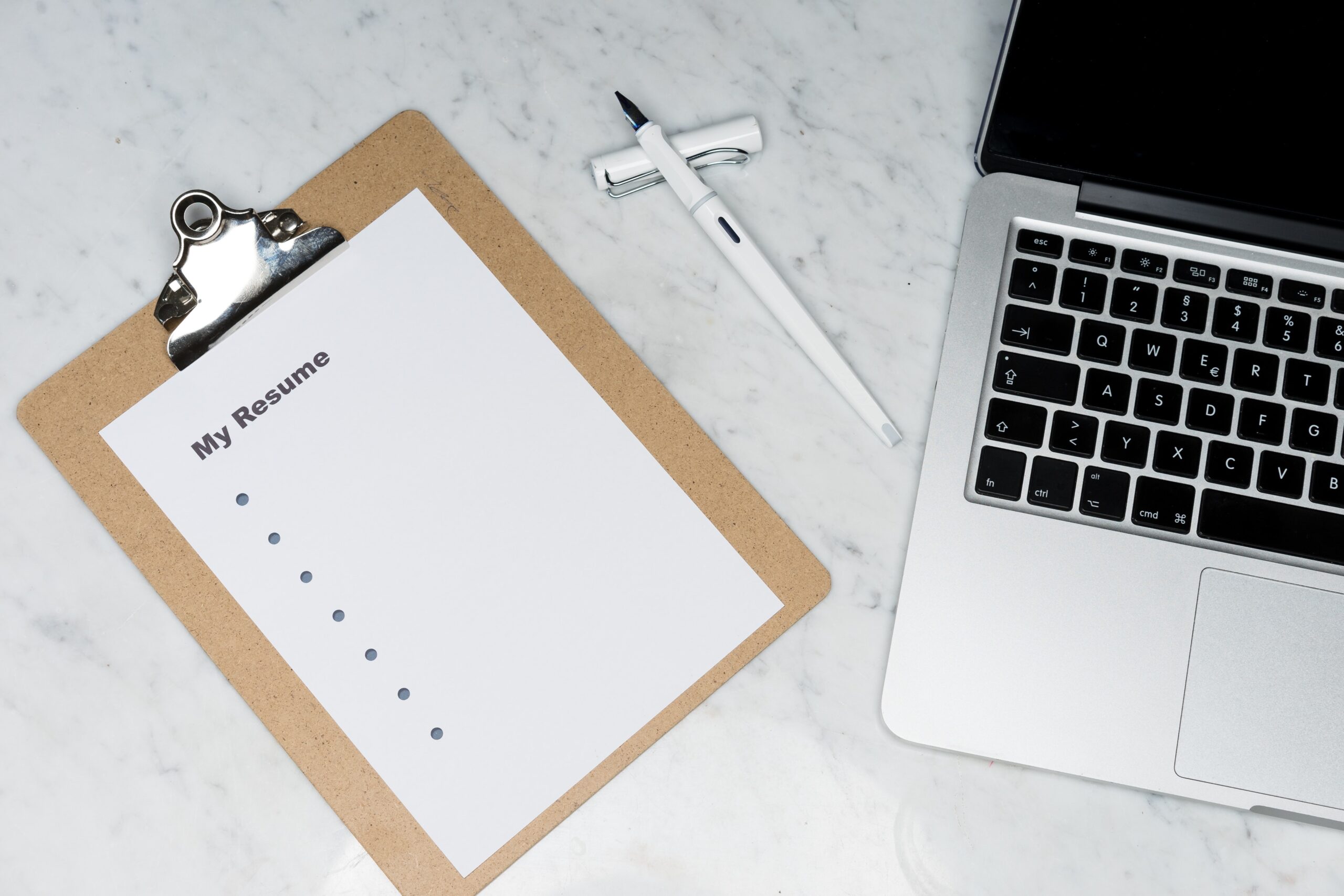How to write a resume? What are the things to keep in mind to make a professional, industry-standard, and state-of-the-art resume?
Hi there, I hope you are doing well. If you are here that probably means you are actively looking for a job (mostly!). You could also be planning for a job change – your next career jump. In any case, I wish you a healthy career. I am sure you are going to get your dream job. Today through this guide, we are going to learn some statistical aspects of a perfect resume. Some knowledge that will be very useful for building a perfect resume to get more reach. Thus making it easier to get your dream job.
The term resume comes from the French and means “summary.” That’s precisely what your resume is: A summary of your qualifications, skills, and achievements. It shows a future employer what you have done in the past. It details your skills and training, work experience, education, and most importantly, the accomplishments you have made with past employers.

Why do we need to have a good resume?
In most cases, a resume is what stands between a dream job and you. It’s the first medium through which an employee will get to know, to put in a more effective way. The resume is the first medium through which you can take control of your first impression. Through which you begin the pitch and you can actually control the pitch too.
If your resume game is weak, though, you’ll end up sitting around for weeks, maybe even months, before you even get a single response.
We all know it’s a very competitive market out there, and it sounds like your dream employer has a lot of options. But! Here is a thing I strongly believe in, I think getting your dream employer and the same way for the company to get its dream employee is equally challenging and both have the same limited options.
The market is not competitive in the sense that there are a lot of job seekers out there, I will say it’s challenging for both fronts to get to their dream employee or employer. There is a shortage of tools, and mediums to reach to correct future employees and employers.
So, that said without a resume you can even start. Most importantly you can’t show your employer that you are available and capable.
Let’s get started

Two-page resume or one-page resume
Professionals usually find themself stuck in the thought of “what resume size is good? one page or two pages”.
The fact is nobody knows what the standard is and it drills down to the recruiter’s individual preferences. This is how I will go about it. My thought on this is, that the professionals who graduate today (i.e in the 21st century) have a lot more skills, projects, and achievements to share. Similarly, a 1-5 experience professional working in a startup company has a lot more variety of projects and technology with hands-on experience to share and count on. In the case of 5-10+ years of professional experience, it is preferred to have a two-page resume, supporting the number of years of experience.
As per a study, it is found that a lot of employers preferred a two-page resume, irrespective of candidate experience. Also, if you think from a resume keyword scanner (to be specific Applicant Tracking System – ATS) point of view. The two-page resume might rank high since it has more space to include keywords. If you’ve really got enough impressive, relevant accomplishments to fill two pages, use them.
But be careful, a two-page resume may turn into a nightmare for you, it might kill the chance of you getting hired for your dream job. Let’s understand how it is possible? Say you have 1-5 years of professional experience, and you decided to have a two-page resume. But actually, you can feed everything into the page if the content is arranged properly. If you have a lot of blank space in your two-page resume it might give your employer an indication of your creativity, structuring, and documenting skills. Isn’t it? In such a case, you build a bad impression even if you have catchy work experience and projects listed in your resume.
What is the right number of pages, for a resume should be?
If you ask me, I will first follow a fundamental principle. With 1-5 years of experience, I will try my best to keep my resume on one page. Showcasing my best foot forward even in terms of documentation, structuring, simplified communication skills, and creativity. For 5-10 years of professional experience, again following strict structuring and proper layout I will try to have a two-page resume.
In case I am 1-5 years of experience and after following strict structuring and summarizing methods I am not able to squeeze everything into one page then it makes sense to have a two-page resume. Remember your two resumes should be worth it. Will you read your own resume with the same interest for the 101st time? If yes then you are good to go.
I have 5-10+ years of professional experience (especially 10+) and my resume is not two pages. I will try to learn and extract projects, skills, and courses to add more meat to my resume and get to two pages.
Resume words – 300 words, 500 words, 700 words, or 1000+ words
We talked about what is the right number of pages for the resume above. The next huddle is what is “Just Right” numbers words a resume should be. If your resume is 400 words, it is probably too short for you to present yourself. If it’s over 800 words, you probably end up boring the employer or hiring manager. As we all have heard, an employer usually takes just 7 sec to go through a candidate’s resume.
So to end the chase let’s take help from Austin Belcak’s study of 125,484 resumes. As per this study and my research on the internet, I found that a sweet spot for resume length is 475-600 words. A long resume i.e 600+ words are less hireable. But there are exceptions, as we discussed above, if you are a startup worker experience folk or 7-10+ years work experience professional then you might find it very difficult to squeeze everything in 600 words. That’s fine, in that case, make your structuring, and information communication skills perfect.
Note that longer resumes are better if you’re an academic or industrial scientist, college professor, school teacher, or social service worker.
So, based on my research and statistical standpoint it is better to have 550-600 words. Remember if you are a 1-5 years professional and your highly structured one-page resume is not 550 words. Don’t stress out, the ideal length as per static is 475-600 words. Just don’t add unimportant words or garbage to your resume. By doing this even though your resume is 550 words long, the garbage of your resume will kill your opportunity.
Two-column or one-column resume
There are hundreds and thousands of formats to consider while building a resume. Usually, you will see a one-column or two-column format. One-column resume format where everything reads like a list and two-column, as the name suggests there will be two-column and content will be utilizing both columns. Kind of IEEE format.
Which resume format is better? Actually, there is nothing like that, each of these two formats has its advantages and disadvantages. You should opt for a format that perfectly serves your purpose.
Advantage:
| One-column resumes | Two-column resume |
| Simpler than a two-column resume | More organization leads to easier to read |
| Compatible with different file types | Easy to fit all the information in one-page |
| Application Tracking System Friendly | Flexibility to use more modern and organized formatting |
| Favorable for traditional hiring managers or recruiters | Less white space and scope to show design skills |
Disadvantage:
| One-column resume | Two-column resume |
| More white space thus more space-wasting | Not suitable for ATS system |
| Less scannable format for busy recruiters | Formatting issue while converting to different file type |
| Tends to be extra wordy and thus difficult to read | Less common hence recruiters are not use it |
| Less flexibility interim of design and formatting |
Confused!. Here is my thought on this. I will have both the format resumes ready for me. If I am applying for a position through an online medium (website, etc) or an ultra big company. I will use a one-column resume since it is safer and can pass through the Application Tracking System – ATS.
In case the employer or hiring manager wants me to send a resume through email, or LinkedIn chat. I will use my two-column resume.
In addition to the above, I will attach a two-column resume to my LinkedIn profile. Also if you have an online portfolio or website, it is recommended to showcase your two-column resume. You can also add more style and design your online portfolio or website resume.
Right Font and Font Size for a Resume
We are least bothered about the font we use in our resumes. But remember details matter, a resume font can have a huge impact on the look and feel of your resume. It can impact the perspective of your resume reader in a positive way resulting in job opportunities.
It is so devastating if you have the best resume, but the font is assaulting the HR manager’s or recruiters’ eyes. In this case, you will never find out what is killing your opportunity.
The recruiter or hiring manager will decide to read your resume only if the layout is good i.e page, look good, easy to scan, etc. In short, fonts add up to the brand (i.e you) that you are showcasing through your resume.
For font size, It is recommended to have at least 10-12 points for the main content (i.e body) of your resume, 12-14 points for headers and subheaders, and 16-18 points for your name and title on your resume. Similarly, it is recommended to have Times New Roman or similar font. Do not use any comic style or extra stylish font.
The fact is resumes are mostly read on digital devices. The best font for digital devices is Serif Fonts. Some examples of Serif Fonts are New Roman, Garamond, Baskerville, Georgia, and Courier New. Sans serif fonts, those without tails, that work well include Calibri, Helvetica, Verdana, Trebuchet MS, and Lato.
In addition, you can use bolding, italicizing, and CAPITALIZING to emphasize important information such as your name and section headings, but be consistent. Not to forget the line spacing. You should keep 1.0 or 1.15 line spacing between text and double lines after subheadings. Feel free to adjust this accordingly based on the space of your resume.
Summary:
From my research, I found that a professional should always have two resumes ready. One with a one-column format and another one with a two-column format. Both resumes should have words between 500-600. The body of the resume should be at least 10 points in size followed by headings, and subheadings to be around 14 points. It is safer to keep the Times New Roman font for both of the resumes. Most Importantly, try your best to keep both of your resumes, on one page. If you really can’t do it or you have 7-10+ professional experience only then you must have a two-page resume.
Checkout out my other API Integration and Coding Solution Guide
If you have any questions or comments feel free to reach me at ->
Checkout out my other Social Category
